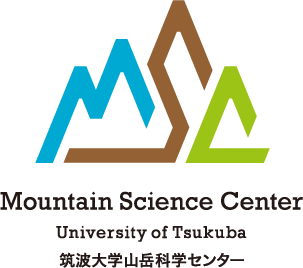Division for Managing Mountains
In the Division for Managing Mountains we are engaged in education and research regarding forest management and its utilization, including forest disaster prevention and wood resources mainly in the Chubu area mountains. Our focus is on the practical application of the basic science investigated in the Division for Managing Mountains.
Natural Disaster Prevention and Reduction
Japan’s central mountainous region and its surroundings are home to some of the highest elevations in Japan. The mountains that make up this area near Japan’s central fault line are characterized by their extreme steepness and brittleness and the mixture of mountains formed from volcanic activity. Scientific efforts in mountain disaster prevention are very important in an area such as this. Our efforts to elucidate the mechanisms of landslides, which frequently occur in steep mountainous areas, incorporate on-site observation and experimentation. In addition, in a country like Japan with a large number of volcanoes, responsive measures to landslides are a necessity, as are conservation activities that harmonize with the surrounding environment. We are addressing this issue by investigating the factors influencing vegetation succession and the factors that define it. In addition to thorough field observation, we are broadening the range of education and research by conducting simulations based on those observations.
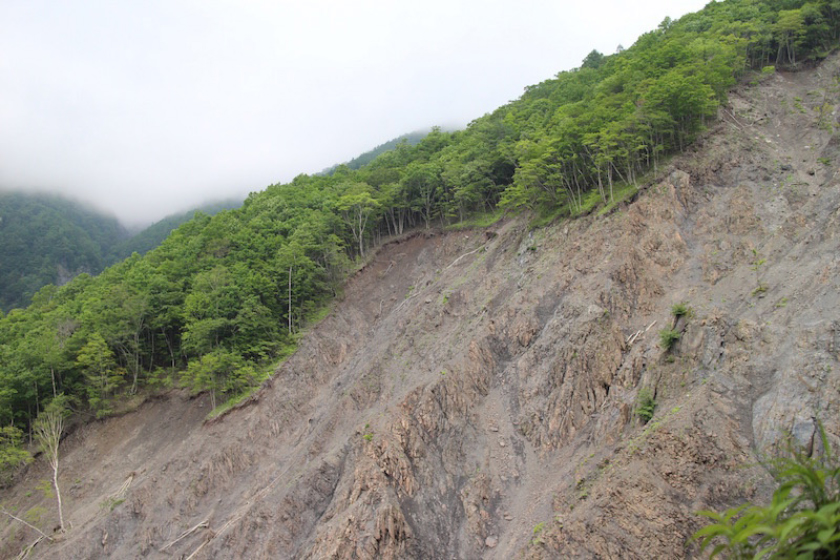
The forest at the Mountain Science Center’s Ikawa Forest Station where landslides frequently occur on the steep mountain surface.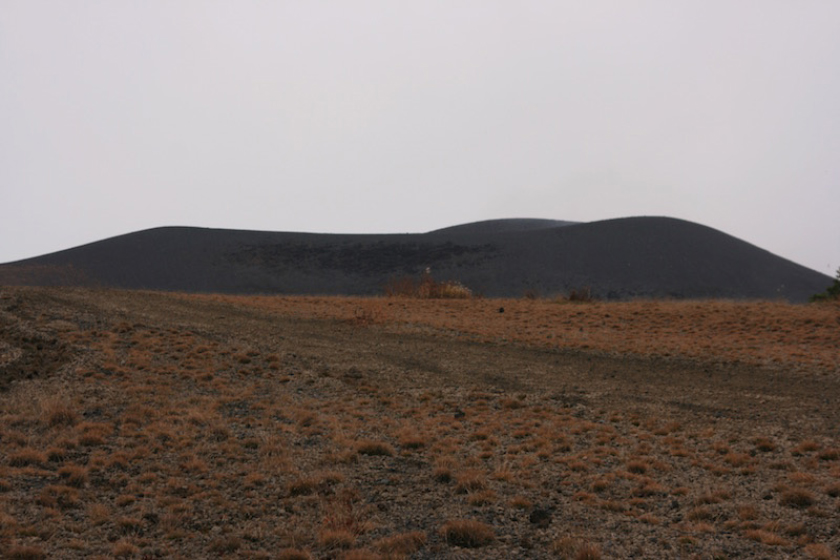
Vegetation on Mt. Asama’s surface beginning to recover after a volcanic eruption.
Forest Management and Usage
While there are abundant forests in Japan’s central mountain region, many of those forests are not well managed. In addition, they suffer serious damage from wildlife. We are working on proposals to manage the forests aimed at an optimal solution for timber production and countermeasures against wildlife damage, taking into consideration what is most suitable for the land and the trees.
In terms of our forest usage activities, in addition to aspects such as forest resources, we also delve further into research regarding tourism in mountainous regions, and we have also been working on issues regarding the relationship between climate change and tourism in mountainous regions. We are studying ways to manage mountainous regions using tourism within forest ecosystem services.
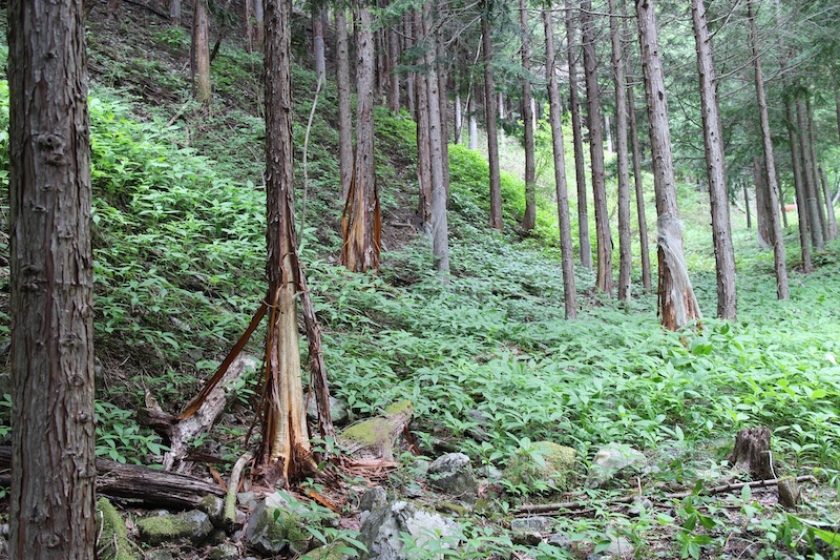
Bark damage from Asian Black Bears in a hinoki cypress forest.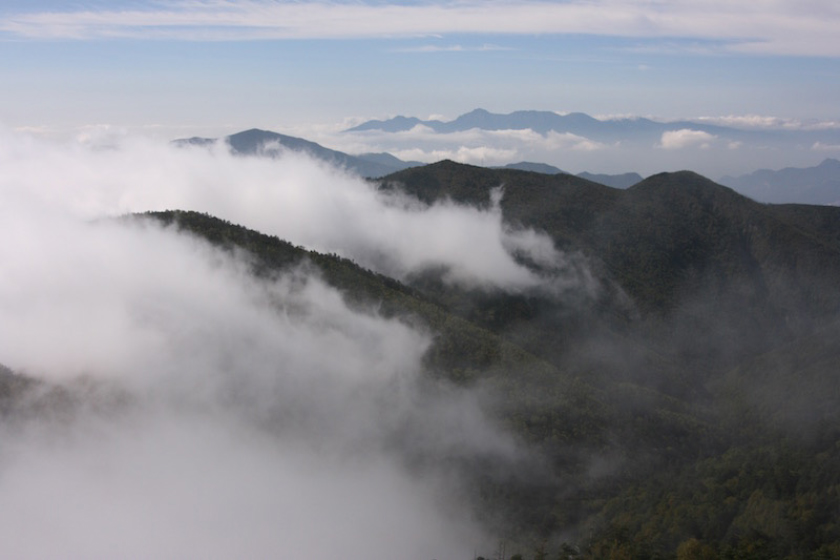
The Chichibu mountains and Yatsugatake from the peak of Mt. Kobushi.
